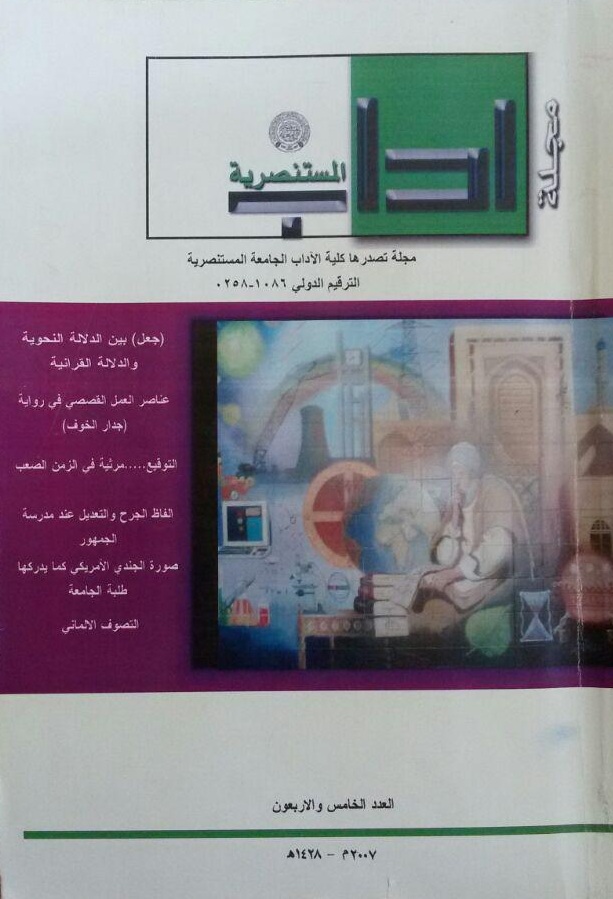Expressionism in Tennessee Williams's Camino Real
DOI:
https://doi.org/10.35167/muja.v0i45.291Abstract
For all the scholarly attention critics have directed toward Tennessee Williams's dramatic works, little has been said of Camino Real. In fact, when first produced in 1953, it confused critics and confounded audiences. It was in Clive Barns's words "scarcely a success"(1956, p.1). Moreover, Jordan Y. Miller remarks that the appearance of Camino Real in the midst of the more orthodox productions of the 1950s was "so unusual…that the play seemed like an anachronism"(1962, p.139). Several reasons account for this. Brian Parker points out that the play's "intertextual and self-referential techniques were at least twenty years ahead of their time"(1998, pp.42-43). Furthermore, from the stylistic point of view, it is a challenging and highly experimental play wherein various "non-realistic trends like expressionism, surrealism and absurdism"(Richard E. Kramer, 2002, p.1) are freely used
Downloads
Published
Issue
Section
License
Copyright (c) 2018 Mustansiriyah Journal of Arts (MuJA)

This work is licensed under a Creative Commons Attribution-ShareAlike 4.0 International License.


